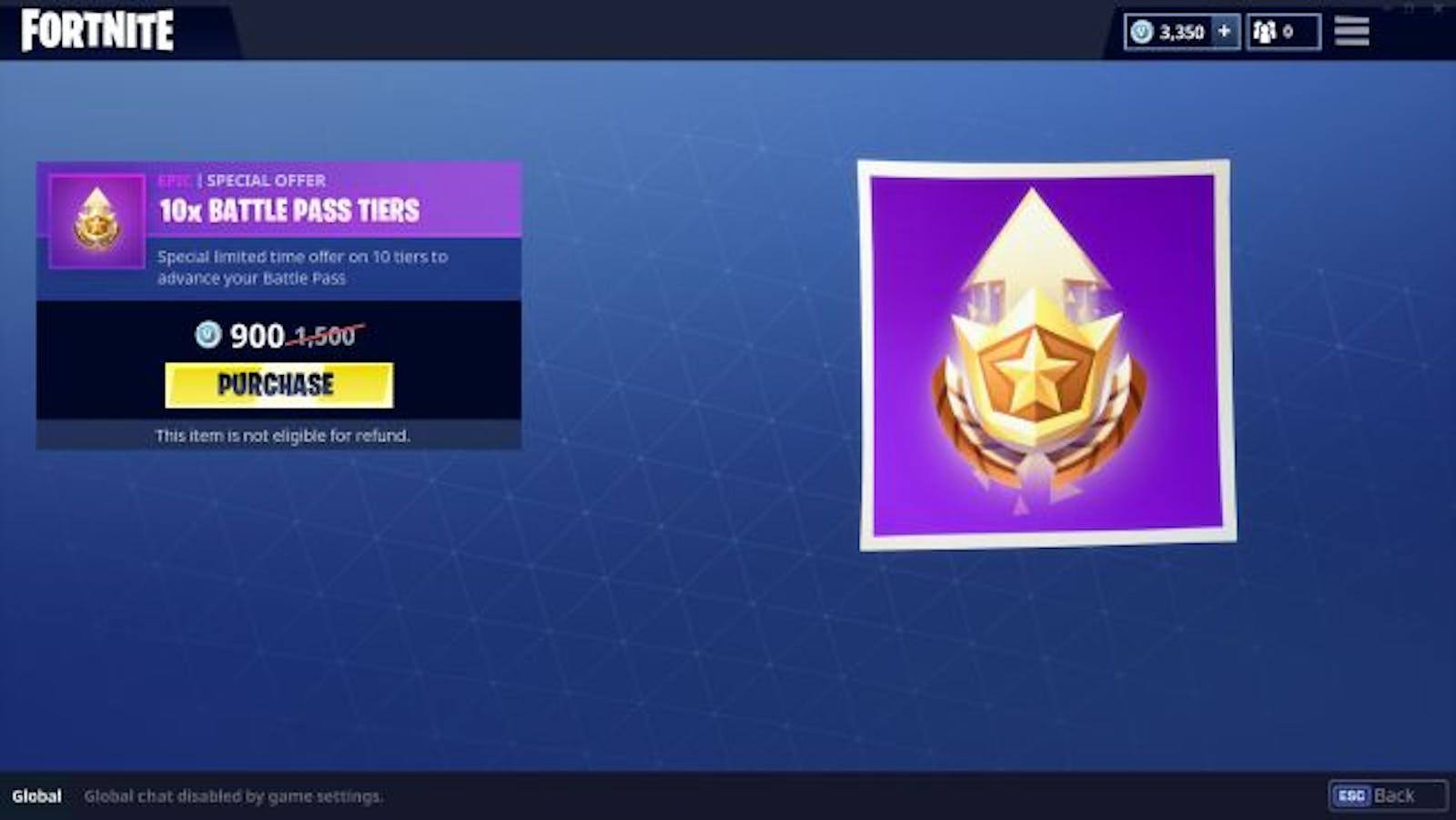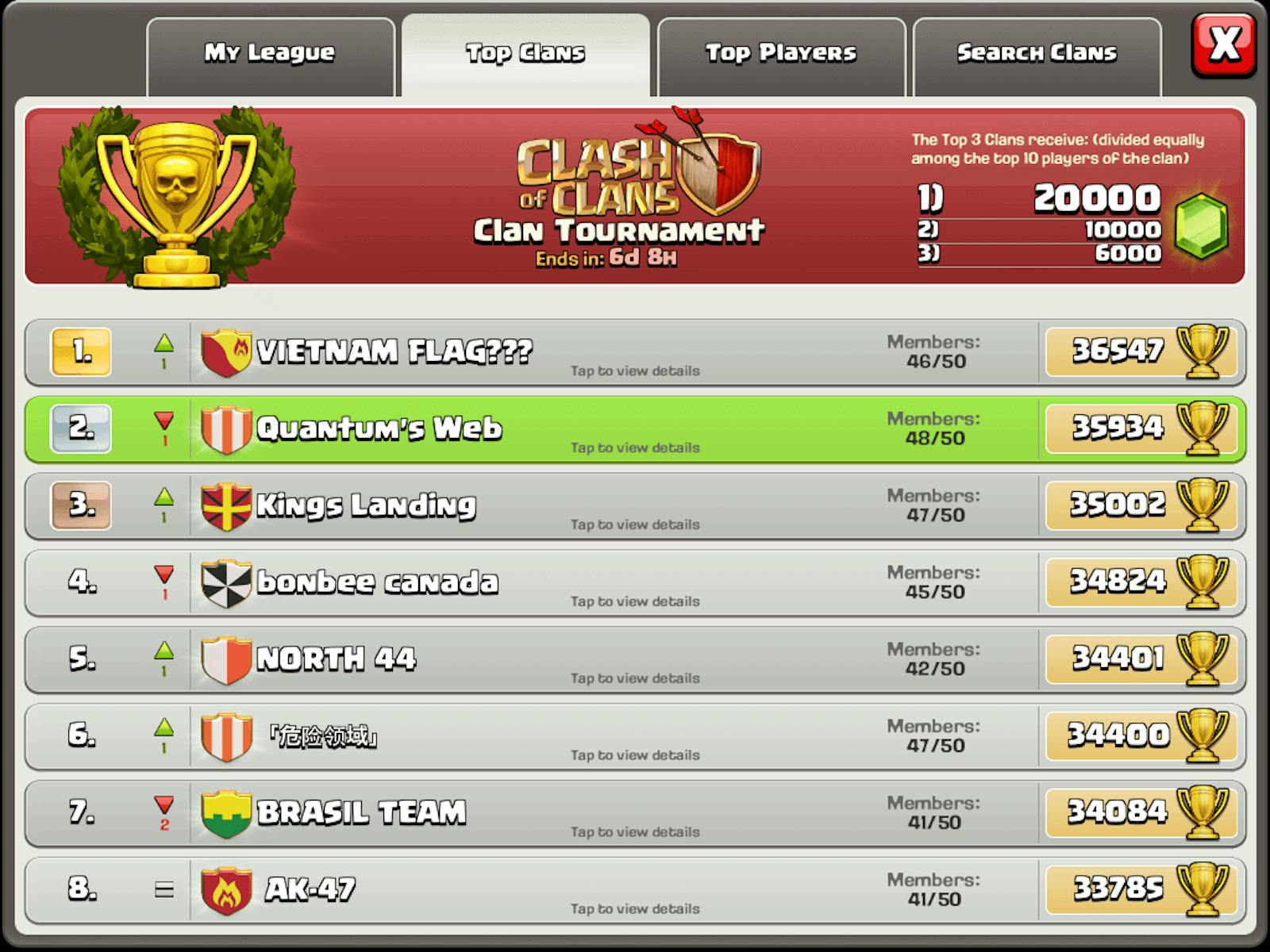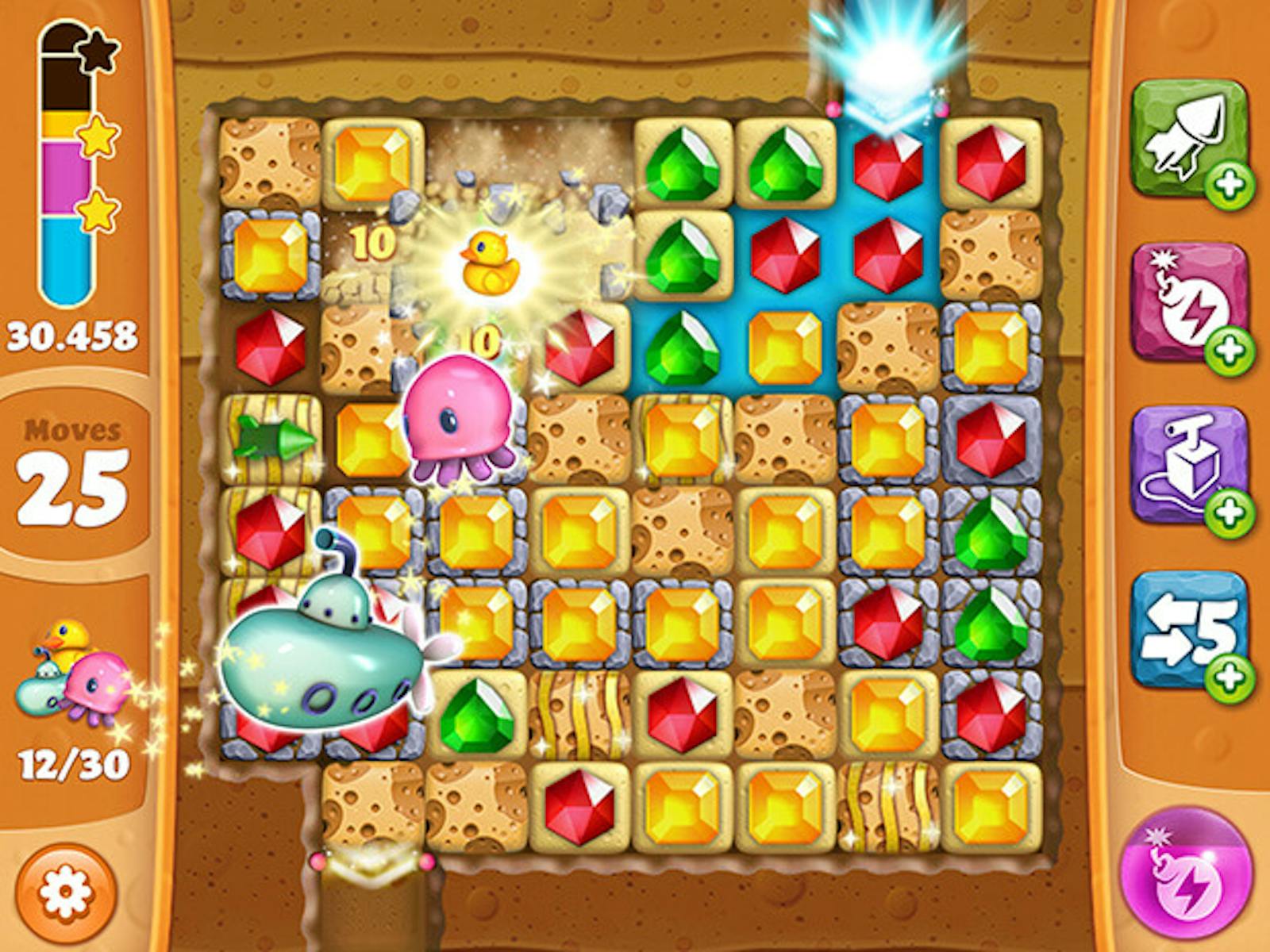
Joel Julkunen is the Co-Founder and Head of Analytics at GameRefinery, the leading purveyor of information on current trends in the mobile game industry.
GameRefinery provides developers and mobile game marketers with the formula for success from data analyses, market research, and monetization strategies. GameRefinery has a huge database of games and game-features data from over 2,000 plus games across major mobile game markets.
In this interview with Joel, you will discover:
- The hottest monetization trends in mobile gaming
- Game features that deliver maximum results
- Why guilds and other social features are absolute musts
- Tips on how to get featured on the App Store
- The top 3 hottest trends in the mobile gaming space
What are the monetization trends in mobile games?
If I had to pick one thing that touches all of the genres nowadays, it has to be the battle pass system.
This is one of those mechanics that is based on seasons, which usually last for a month or so. The idea is that when the new season starts there’s a list of tasks or thresholds for the players to complete by playing the game. Once you reach a threshold, you get a reward and the value of these rewards increase the more thresholds you pass.
The twist of Battle Pass is that there’s always a free layer and a premium layer - both have their own rewards for thresholds. The free layer is available for everybody, but in order to get your hands on the premium goodies, you need to purchase the battle pass with real money.
The battle pass system works well in all game types, no matter the genre.
This trend began with Fortnite and was adopted by many mid-core shooting games, but as 2019 moved along, GameRefinery started seeing this trend accelerate across all genres. For example, casual games like match-3 games have started to adapt Battle Pass mechanics in growing numbers.

The beauty of Battle Pass System from a design perspective is that it doesn’t wreck the balance of the usual gameplay, as it doesn’t have to touch the game’s internal economy too much. It’s just an encouragement for players to play more to get something extra. And once you pass a threshold and get a reward, you’ll be eyeing the next one already!
What features matter most during the ideation phase of building a game?
It’s a bit genre-dependent because a set of features makes more sense in some genres than others. But if you think about the whole market, there’s a big outwards trend when it comes to deeper social mechanics.
We are talking about guild mechanics or alliances and clan systems. These systems are making their way to casual and mandatory games, dice games, board games, and so on. This feature acts as a platform for other engagement features.
When you have a foundational system like guilds in place, it is much easier to seamlessly add stuff like co-op playing modes such as team competitions, live events, etc on top of that. Almost all match-3 games have co-op events where you are matched with random players or your guild and compete with other teams in matching gems or candies.
In general, live events are also getting bigger and bigger, so having a good live ops to rotate those effective events to give players diverse and refreshing content—this is what live events are good at.
So to sum up, deeper social mechanics, and a comprehensive implementation and rotation of live events are important in all mobile gaming genres.
Should you build social mechanics from the very start?

In game development, there are different stages. You have the blueprint stage, then the early prototypes, and then you go to the test market and if the KPIs are good, you go global.
The next question would be, “do we implement guild mechanics right from the get-go or bring it in one year from the global launch?”. Of course, it’s always case-dependent and it’s a struggle against time—you have to budget your resources, budget your deadlines. But I would say that if you want to expand it and take advantage of the deeper social element and build the engagement and the community around the game, guild mechanics is the best way to go.
If you do decide to implement guild mechanics later, let’s say after the global launch, it is much more powerful and effective if you let the players know that it is coming. Message and communicate in the game itself. The best performing games after the soft launch always do this. Players who like the core game experience will be on the lookout for the social element.
GameRefinery’s methods for tracking the best building blocks for mobile game success
In GameRefinery’s services, we have thousands and thousands of implementation screenshots. For instance, let’s say you’re making a turn-based RPS, you can go to GameRefinery and start a scheme. You can see how the top-performing games are doing it.
We even launched a kind Pinterest-style collection where not only can you look at individual implementation screenshots, but you can also pin the ones that you find the most interesting, share them with your team decide whether you want to do something similar or it’s something you truly want to stay away from.
Why the first-time user experience is important
One of the most crucial parts of making a game stick is an in-depth first-time user experience.
With new games pouring into the market all the time, nobody has the time to go and play all of them. Our collection of first-time user videos are the easiest way for anybody to check out what all the buzz is about. They don’t have to install the app or game just yet. If it looks interesting enough, they will. It just saves them a lot of time to be able to see somebody else do it.
What types of games have the most potential?

It depends if you stick with the US market because it’s a totally different scene in Japan and China. There are plenty of strong genres in the US, for instance, match-3 games, RPGs, and strategy games are all doing well at the moment.
There are of course some fierce competition, but there is still a market to sustain several titles. Then there are other genres like MOBAs, card battlers, and action RPGs that haven’t yet seen too much success in the US market - but that is something that could very well change this year as several big titles from these genres are about to enter the market.
Just based on the numbers, I would say match-3 games, strategy games, and turn-based RPGs are the leading game types at the moment.
Tips on how to get featured on the App store
We don’t have any kind of hard data or predictive model when it comes to getting featured. But what I’ve heard from the grapevine is that it doesn’t hurt if you have any kind of innovative way of looking at some genres of games or polished graphics and audio-visual experience.
Just sticking out from the crowd in different areas of game design usually helps. So, any twist on an old genre or some spectacular element in the game really helps.
It’s also important that you meet with the right people to get your message and your vision through. I don’t want to say that you have to weasel your way into the right circles, but if you do meet face to face, you should be able to make them believe in your vision.
Any other trends in the mobile gaming space?
The hottest one is still the battle pass system and then there’s the guild mechanics implementation across the board.
The third one, which the industry has been buzzing about, has something to do with game design and it’s the incentivized ads.
If players watch a video, they get a reward and this is not mandatory. They don’t have to watch it but they can do it to get a boost, for example. And this is something that’s making its way to all games.
That’s why at GameRefinery, we started to track 15 different ad-related features and studied how games across different genres have implemented ads, what rewards they provide and if there are progression elements integrated to ad-watching.
You might think you would lose your gamer base because it might disrupt their gaming experience, but, when you do it well enough, users usually like it. The thing about incentivized ads is that a lot of players won’t ever pay a single time for in-app purchases and this is just an accepted fact in the industry. But by implementing incentivized ads, you can reach players who won’t otherwise give you anything and at some point in time, they will quit the game because they cannot advance through levels.
With incentivized ads, they will readily watch some ads to boost their chances of success or advance in the game just a bit quicker. This is why many games have learned to do it seamlessly without wrecking the base game experience.
Pollen VC provides flexible credit lines to drive mobile growth. Our financing model was created for mobile apps and game publishers. We help businesses unlock their unpaid revenues and eliminate payout delays of up to 60+ days by connecting to their app store and ad network platforms.
We offer credit lines that are secured by your app store revenues, so you can access your cash when you need it most . As your business grows your credit line grows with it. Check out how it works!